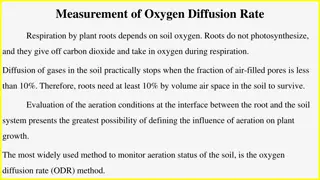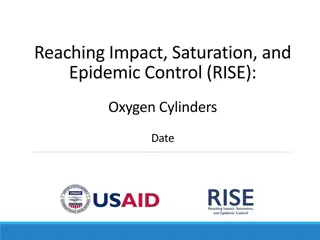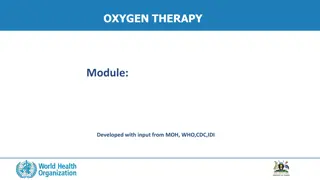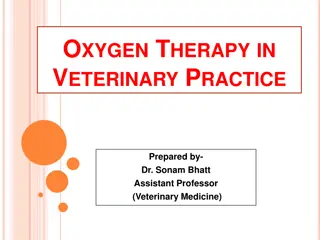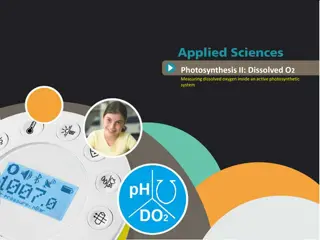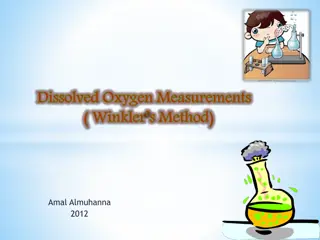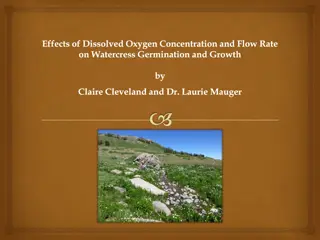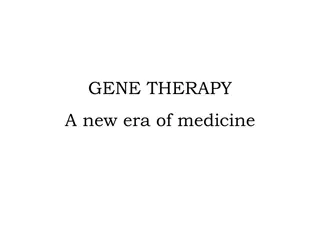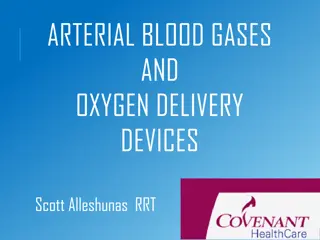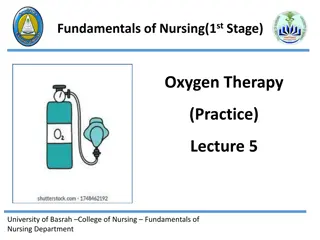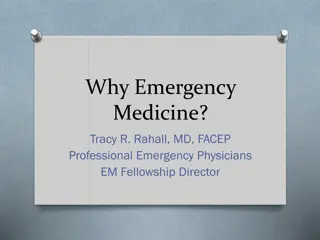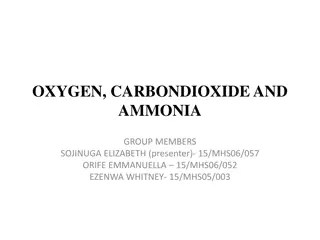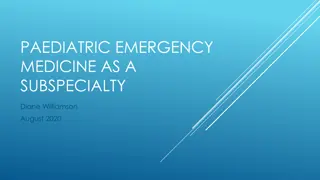Oxygen Therapy in Emergency Medicine
Oxygen therapy is crucial in emergency medicine for treating hypoxemia and improving oxygenation levels in patients. It is essential for conditions like acute hypoxemia, carbon monoxide poisoning, and shock. Various oxygen delivery devices are used to administer oxygen effectively, such as nasal prongs, masks, and reservoir masks. Proper indications for oxygen therapy and monitoring are vital to ensure patient safety and well-being.
Uploaded on Oct 04, 2024 | 1 Views
Download Presentation

Please find below an Image/Link to download the presentation.
The content on the website is provided AS IS for your information and personal use only. It may not be sold, licensed, or shared on other websites without obtaining consent from the author.If you encounter any issues during the download, it is possible that the publisher has removed the file from their server.
You are allowed to download the files provided on this website for personal or commercial use, subject to the condition that they are used lawfully. All files are the property of their respective owners.
The content on the website is provided AS IS for your information and personal use only. It may not be sold, licensed, or shared on other websites without obtaining consent from the author.
E N D
Presentation Transcript
THC HNH M PH NG TI P C N B NH NH N SUY H H P THS.BS NGUY N B CH TR M ICU D11 HOSPITAL
CONTENTS 1. OVERVIEW 2. INDICATION 3. OXYGEN DELIVERY DEVICES 4. OXYGEN TOXICITY 5. CLINICAL APPROACH
Overview Oxygen is the most commonly used drug in emergency medicine 34% of ambulance patients receive oxygen during transit 15 17% of hospital inpatients will be receiving oxygen at any given time [1, 2] Oxygen is a treatment for hypoxaemia not breathlessness. Oxygen is a drug and should be prescribed with a target saturation range
Indications Correct documented or suspected acute hypoxemia (Increase alveolar and blood levels of O2) Decrease symptoms associated with chronic hypoxemia Decrease the workload hypoxemia imposes on the cardiopulmonary system o Able to achieve acceptable arterial oxygenation only by increasing ventilation o Able to maintain acceptable tissue oxygenation only by increasing cardiac output o Pulmonary vasoconstriction and hypertension increase workload on the right side of the heart
Need for oxygen therapy Clinical condition: carbon monoxide or cyanide poisoning, shock, trauma, or acute myocardial infarction, Manifestations: tachypnea, tachycardia, cyanosis, hypertension, distressed overall appearance, somnolence, confusion Laboratory measures: o PaO2 less than 60 mm Hg or SaO2 less than 90% in subjects breathing room air o PaO2 or SaO2 below desirable range for a specific clinical situation
OXYGEN DELIVERY DEVICES Nasal prong, Simple mask, Reservoir mask
OXYGEN DELIVERY DEVICES Venturi mask
OXYGEN DELIVERY DEVICES High Flow Nasal Cannula (HFNC)



